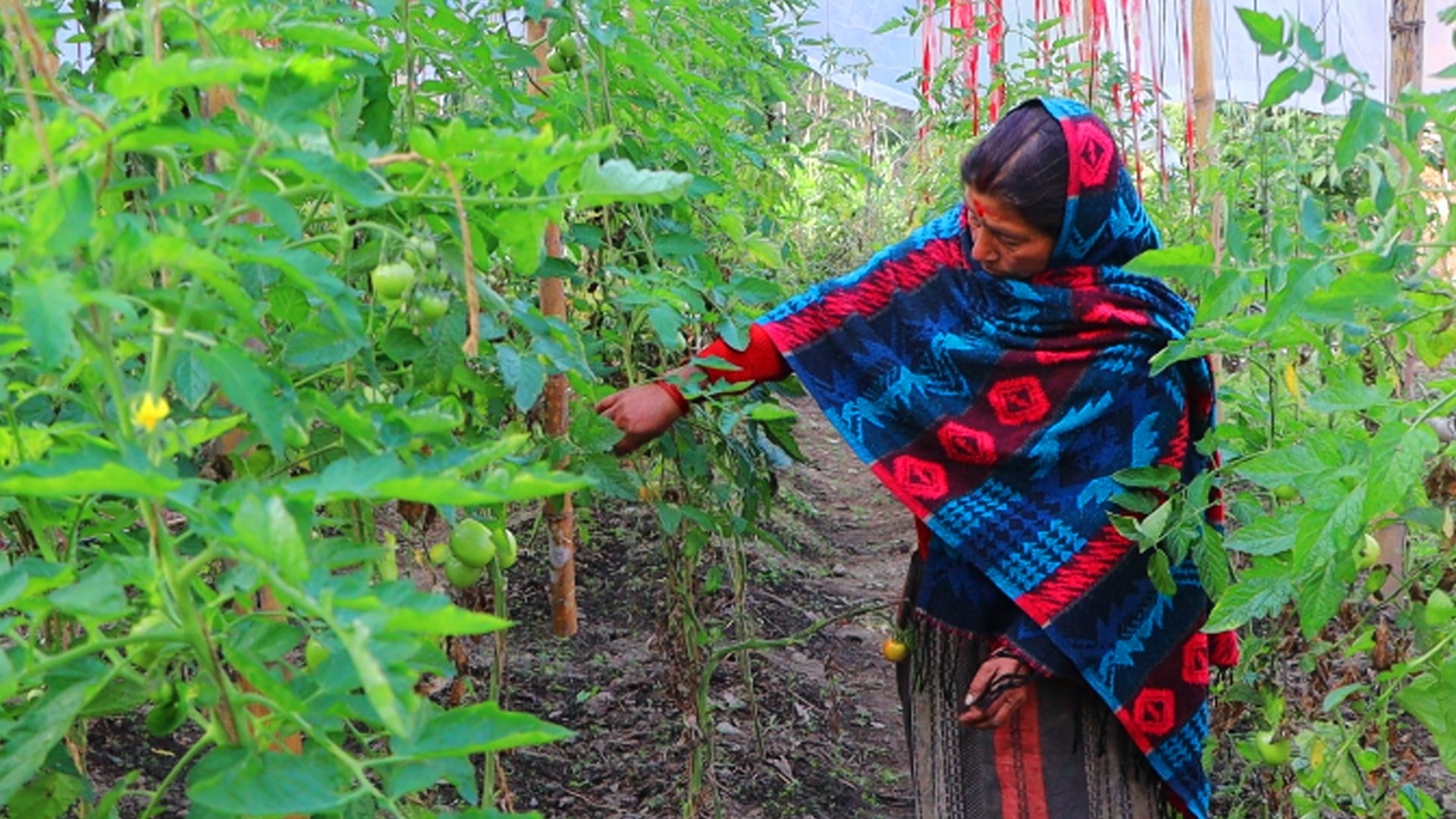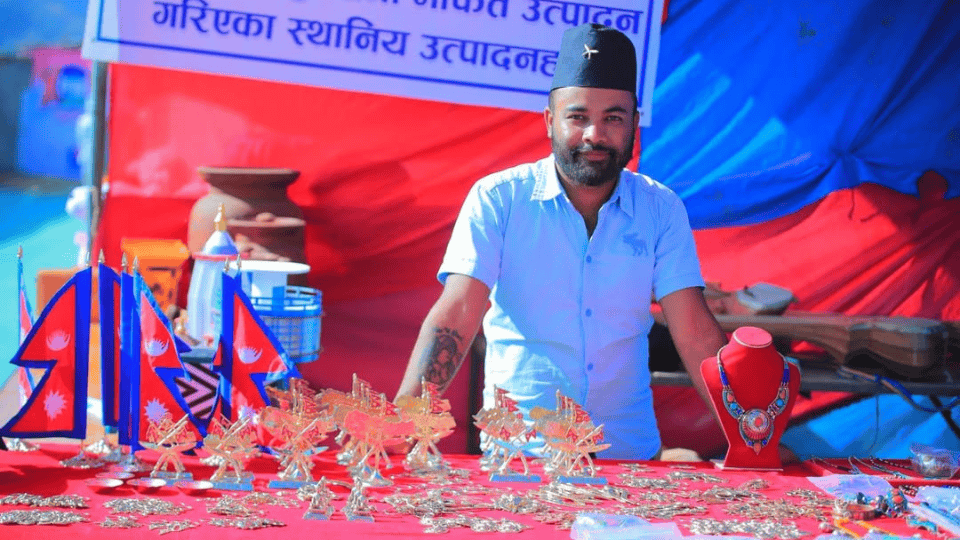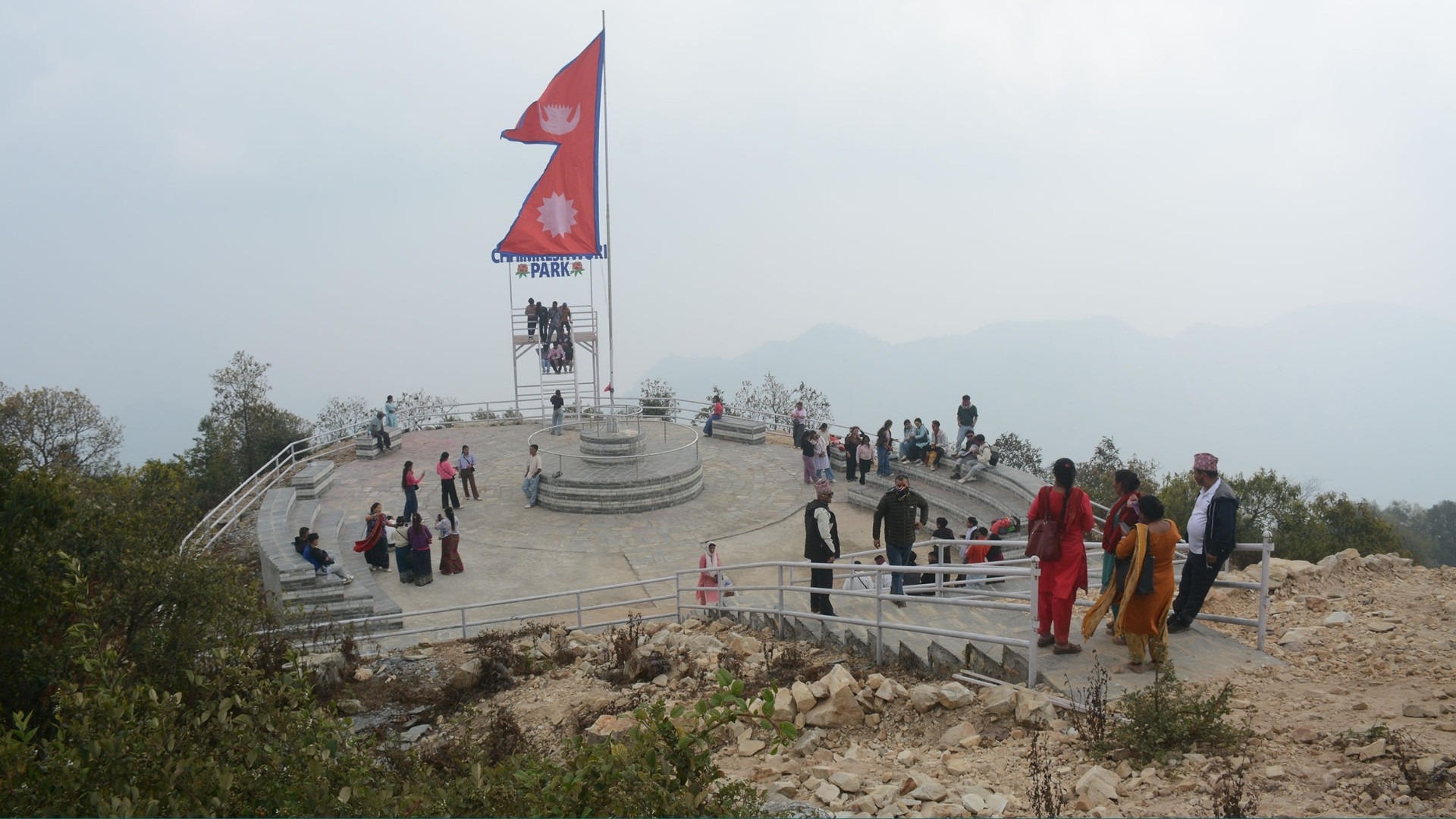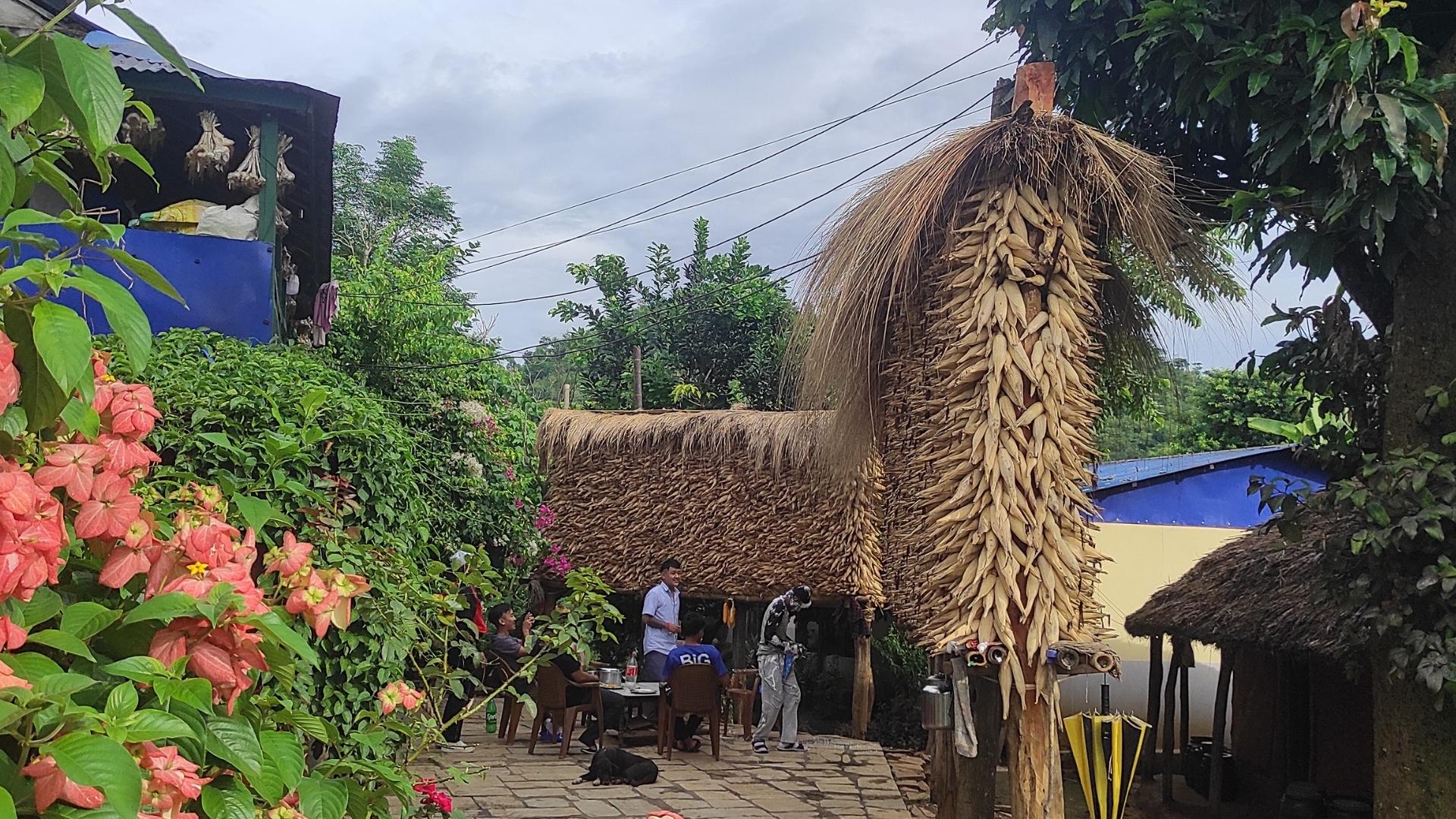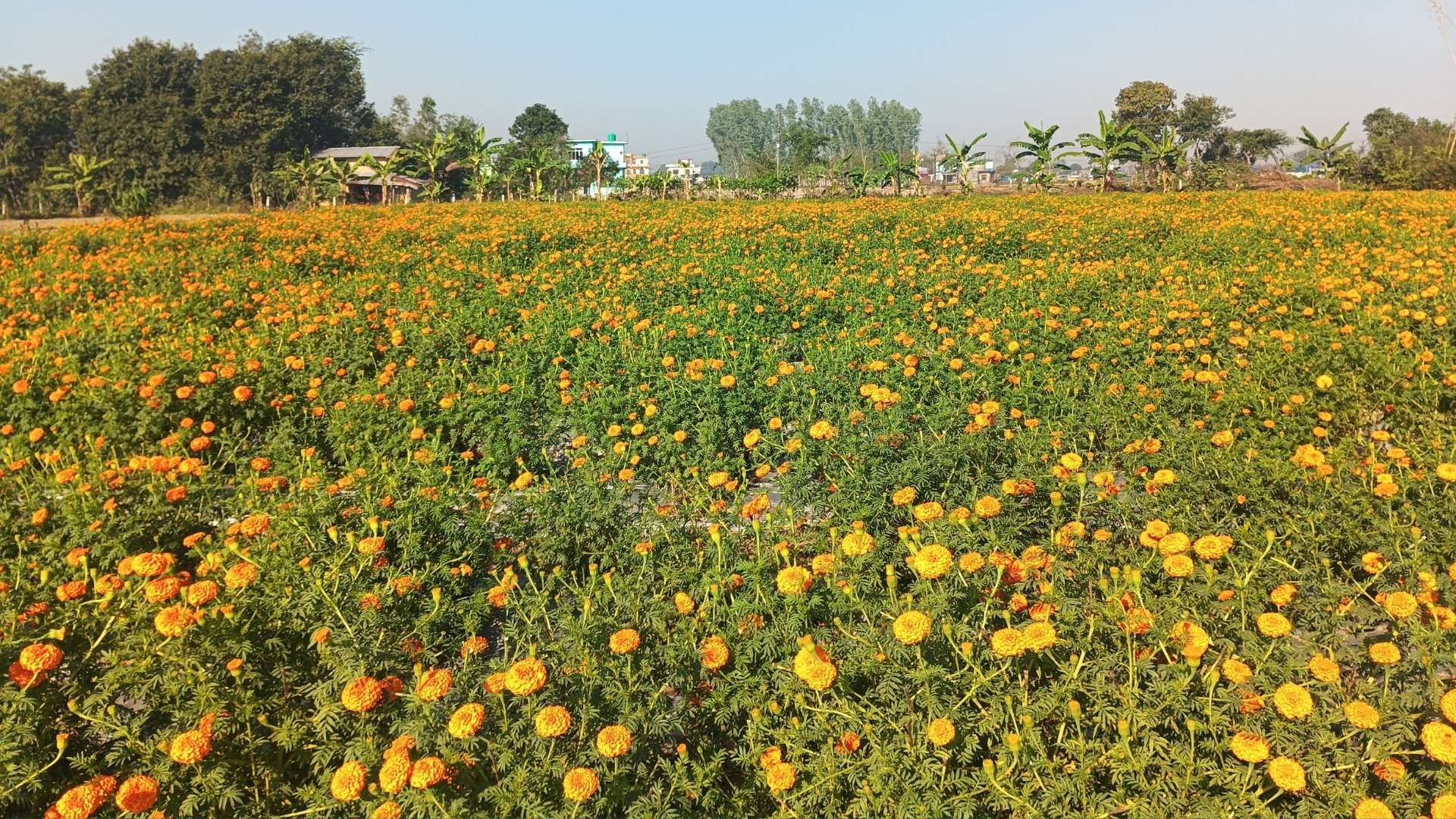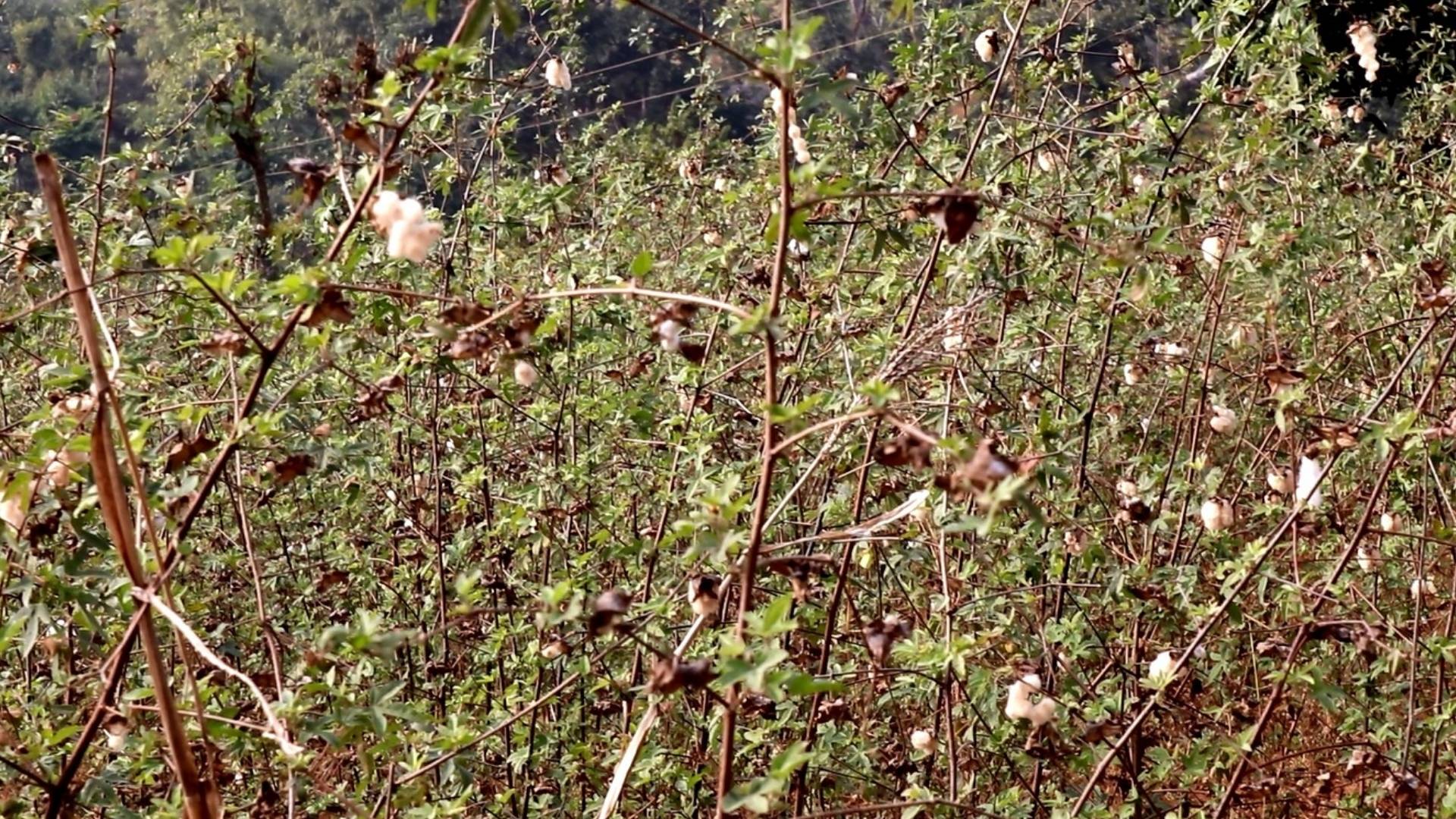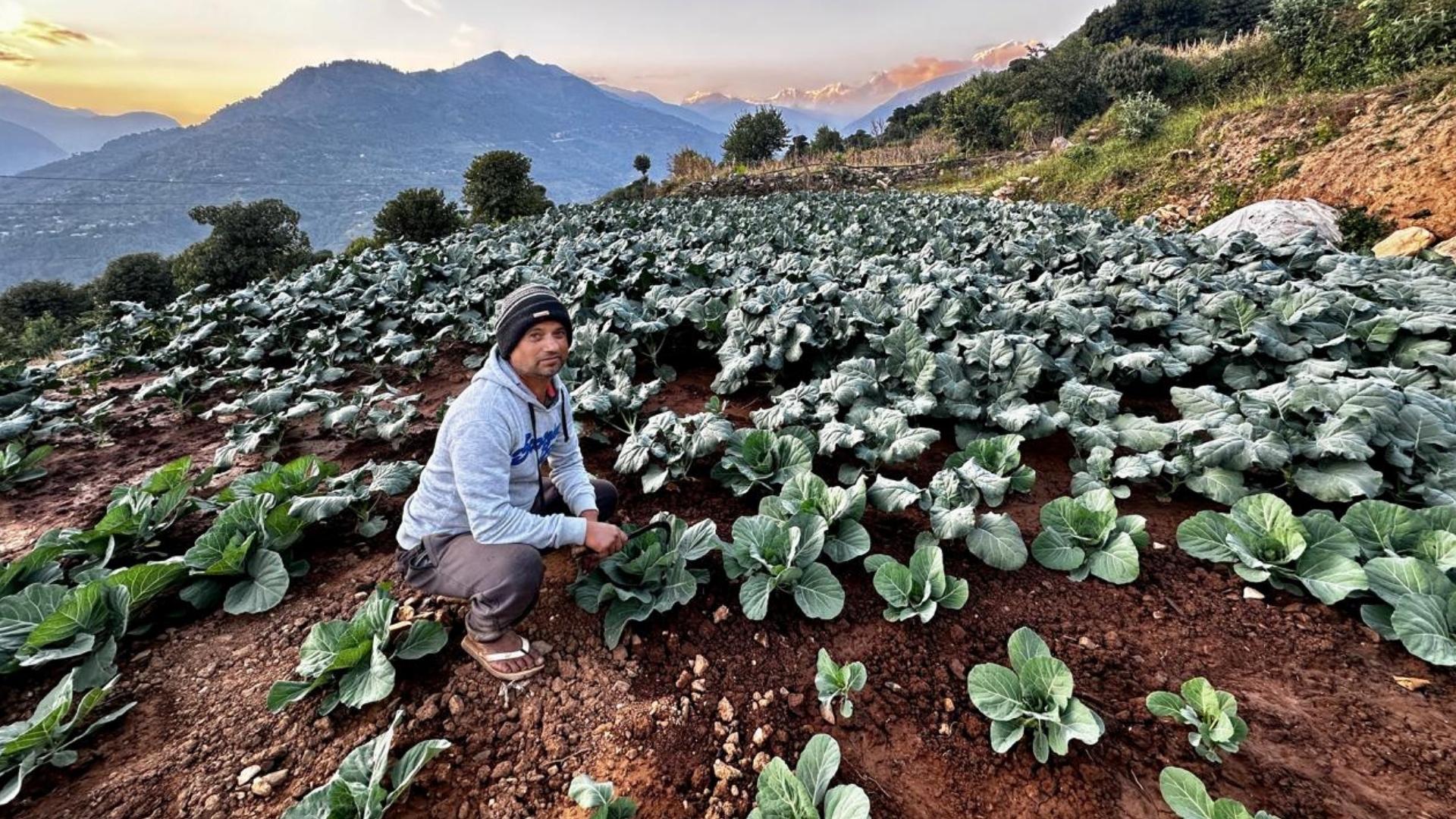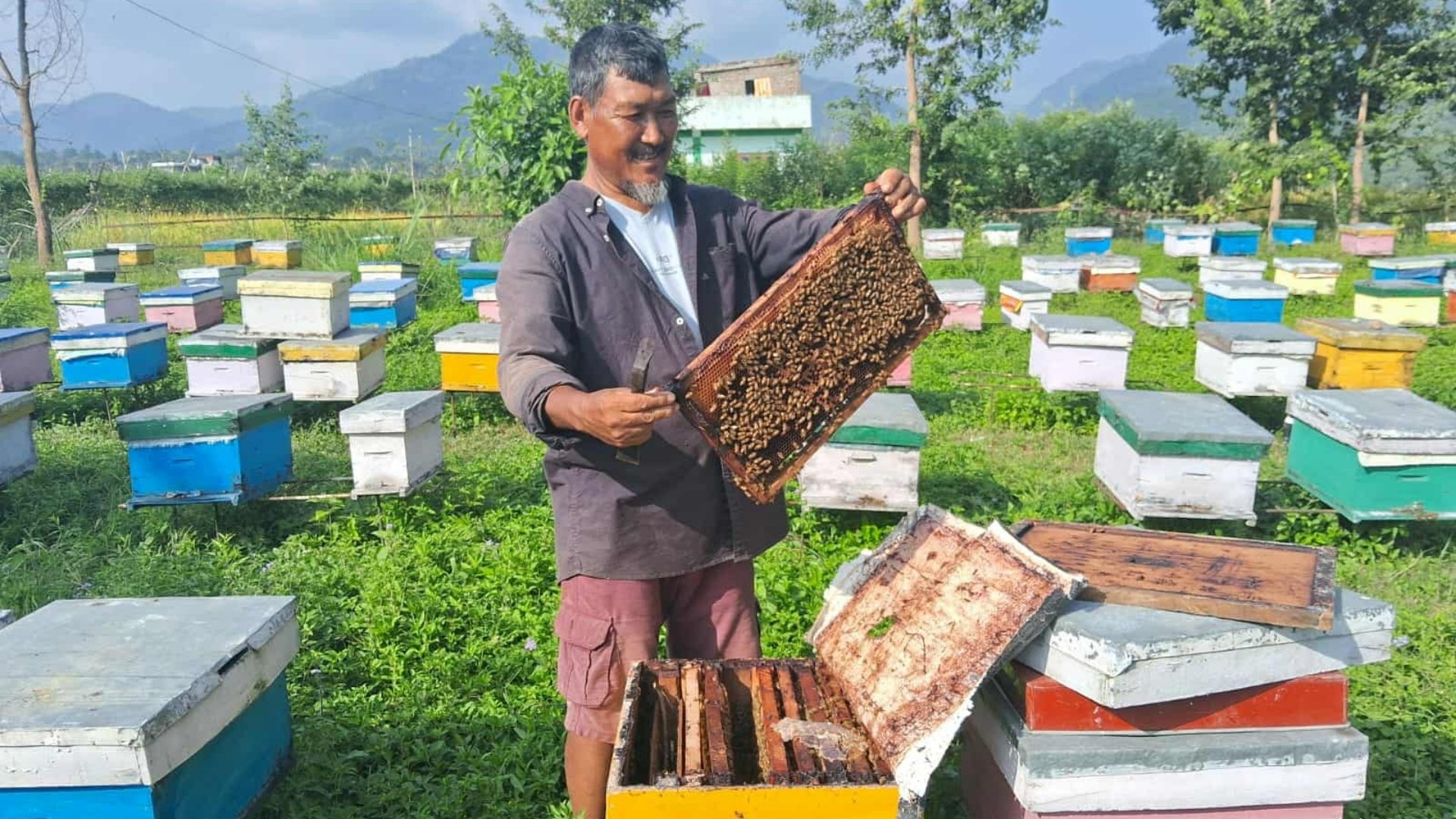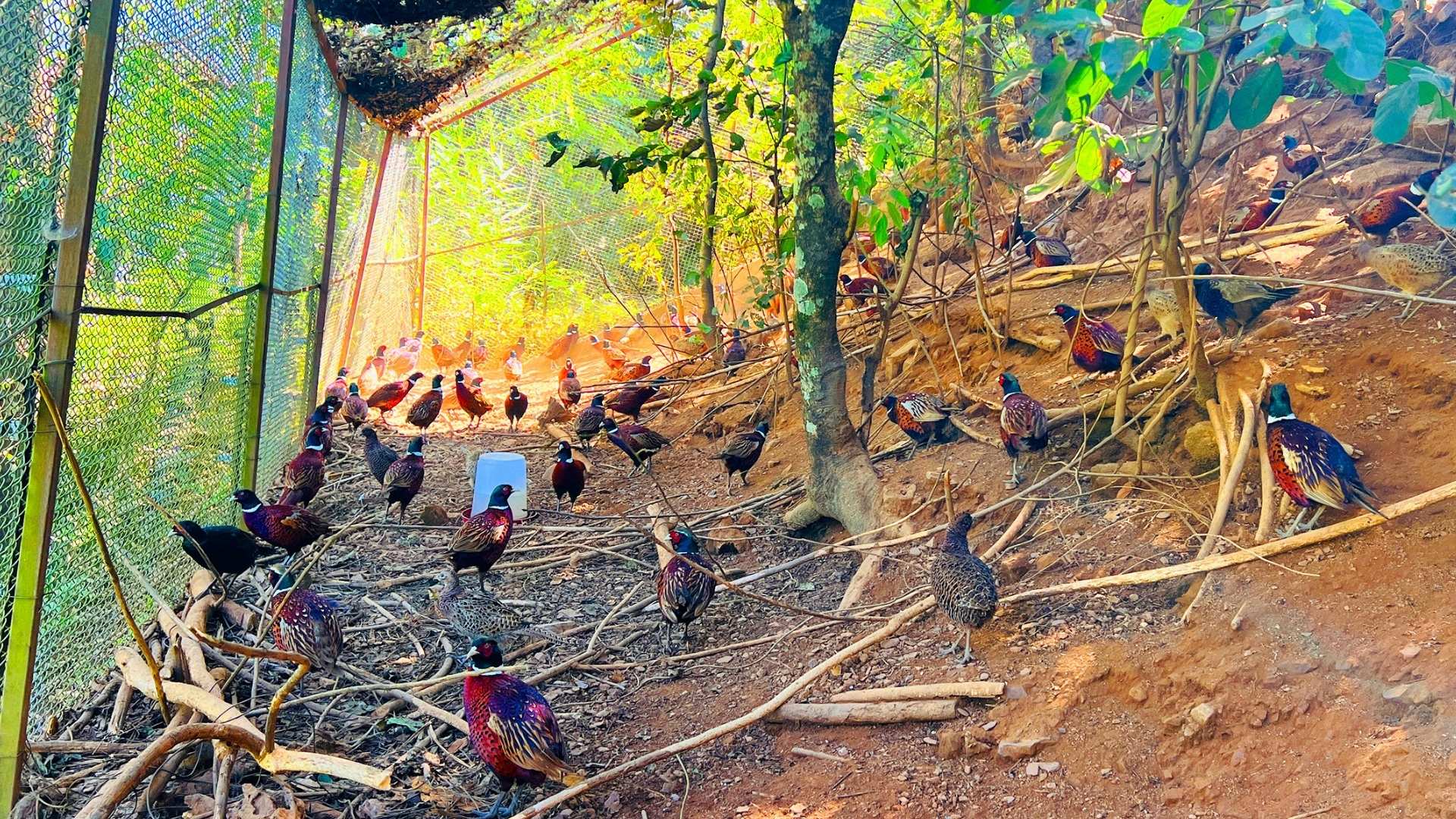Every year, villages are emptying out as people migrate elsewhere. Arable land is gradually being covered by shrubs and forests. Those who still live in the villages seldom remain idle—most spend their days working in their fields from morning till evening. The majority cultivate various types of vegetables such as leafy greens, radish, cabbage, and tomatoes. Some produce in large quantities and sustain their families solely through vegetable farming. Kathekola Rural Municipality–8, Lekhani, located close to Baglung Bazaar—the district headquarters—is one such village.
Although Lekhani is considered relatively accessible in terms of development, many people still prefer moving to towns or abroad. Yet, for those who continue to live in the village, their own land and farming remain dear to them. Nearly one hundred families in this village are engaged in vegetable farming. Proximity to the market and suitable conditions for vegetable production have made it an attractive occupation. As paddy, wheat, maize, and millet require high labor and production costs, most locals have shifted to vegetable farming in recent years.
Inspired by the good income vegetable farming provides, residents of neighboring villages have also begun following the same path. Households that once bought cabbage and cauliflower from the market now send thousands of kilos of vegetables to market centers. With the growth of commercial vegetable farming, living standards have visibly improved, says local resident Liladhar Kandel. He notes that although many still choose to leave for urban areas, it is entirely possible to sustain a family through farming in the village itself.
“You can literally grow gold in the village,” he says. “But people from here have gone to Japan, Korea, America, Chitwan, Pokhara, Kathmandu—those of us who stayed back continued farming. In the beginning, I felt discouraged for not being able to go abroad, but now I feel happy. Vegetable farming has brought joy to many families here. No one involved in vegetable farming has had to sleep hungry—they’re eating well and living well.”
Local farmers have also received support from the rural municipality and various organizations. With subsidies, technical assistance, and training, villagers have become more enthusiastic. Plastic tunnels can be seen across the settlement. Two years ago, after villagers showed interest in vegetable farming, the Gaja Foundation provided training and grants to 50 families. Since then, many more have joined the field.
Local resident Laxmi Kandel says her family’s financial condition improved after they started vegetable farming. She says selling vegetables has made it easier to manage household expenses, and being close to the market means they face no difficulty in selling their produce. With vehicles travelling to and from the market daily, transporting vegetables and bringing goods has become convenient, she adds. What began with a single plot of land has now expanded to three plots.
“Different organizations encouraged us to take up vegetable farming. When neighbors began migrating to the Tarai, I too considered leaving. But when everyone in the village started growing vegetables, I began enjoying life here,” she says. “There is no real problem with finding a market. Sometimes cheaper vegetables from outside affect our prices, and we have to sell at lower rates. If the government could restrict the inflow of external vegetables, farmers like us would get the price we deserve.”
Local resident Leelaprasad Kandel, who earns more than Rs. 500,000 annually from vegetable sales, says traditional farming methods in the past limited production. He has been engaged in vegetable farming for over a decade and expanded his farming operations last year. He adds that although there was no culture of selling vegetables within the village earlier, farmers are now increasingly becoming commercial producers.


